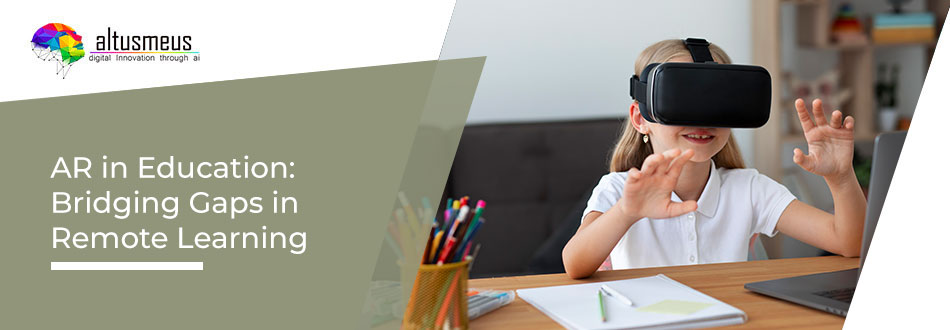For decades, the internet and computers have been a part of our lives, yet they didn’t truly encourage remote learning. However, when the COVID-19 pandemic swept across the globe, schools and universities were compelled to shut their doors to ensure the safety of students and their families. This abrupt change forced educational institutions to embrace remote learning. While webcams, applications, computers, smartphones, and the internet were deployed for this purpose, they came with limitations. These limitations stemmed from issues with cameras, the interaction and engagement between students and teachers, and the overall teaching environment. In essence, remote learning proved to be uninspiring and left a gap that hindered its effectiveness in helping students learn.
However, the emergence of Augmented Reality technology, initially synonymous with the gaming industry, has the potential to bring about a transformative shift in education. AR can be harnessed to enrich the learning experience, effectively bridging the gaps that persist in remote learning.
The following are some specific ways in which VR can be used in remote education:
- Elevate Student Engagement: VR technologies enable companies to develop educational content spanning various subjects like history, prehistory, and space exploration. Students can immerse themselves in these educational programs using VR headsets, allowing them to travel back in time to events like World War I. Within these virtual environments, students can not only observe historical events but also engage with each other as avatars and interact with virtual characters, enhancing their learning experience significantly. These immersive programs play a pivotal role in facilitating effective learning and fostering students’ engagement in exploring new knowledge.
- Enrich the Learning Experience: In a typical remote learning environment, teachers deliver their lessons while students passively listen, and occasionally, students ask questions at the end. This traditional approach often falls short of providing an engaging and effective learning experience. However, VR learning programs have the potential to transform students’ learning experiences, enabling them to grasp and retain knowledge more effectively and efficiently compared to a conventional remote learning classroom.
- Facilitate Improved Communication: The integration of VR in remote learning can significantly enhance communication between students and teachers. Through virtual avatars representing the teachers, students can engage in interactive discussions and receive prompt answers to their questions. This improved learning experience fosters better communication, addressing one of the key limitations of remote learning.
- Infuse Learning with Enjoyment: Educational institutions can collaborate with CGI, gaming, and technology companies to develop VR learning programs that offer profoundly engaging and interactive educational experiences. These program experiences extend beyond software and hardware, immersing students in virtual reality (VR) environments. Such VR learning settings not only enrich the learning process but also elevate the enjoyment factor for students.
- Foster a Secure Educational Environment: Many activities, particularly those involving safety risks or complex procedures such as chemistry experiments, driving in traffic, or handling aeroplanes in challenging scenarios, may not be easy or safe for students to perform, especially when attempting them for the first time. However, VR learning programs can help educational institutions to create a safer environment for students to acquire new skills and knowledge.
Conclusion
In response to the COVID-19 pandemic, educational institutions have embraced remote learning, but it has come with limitations. The emergence of Augmented Reality (AR) promises to transform education by enhancing student engagement, enriching the learning experience, facilitating improved communication, infusing enjoyment, and ensuring a safe environment for learning. AR holds the potential to bridge the gaps in remote education, making learning more effective and enjoyable for all.





